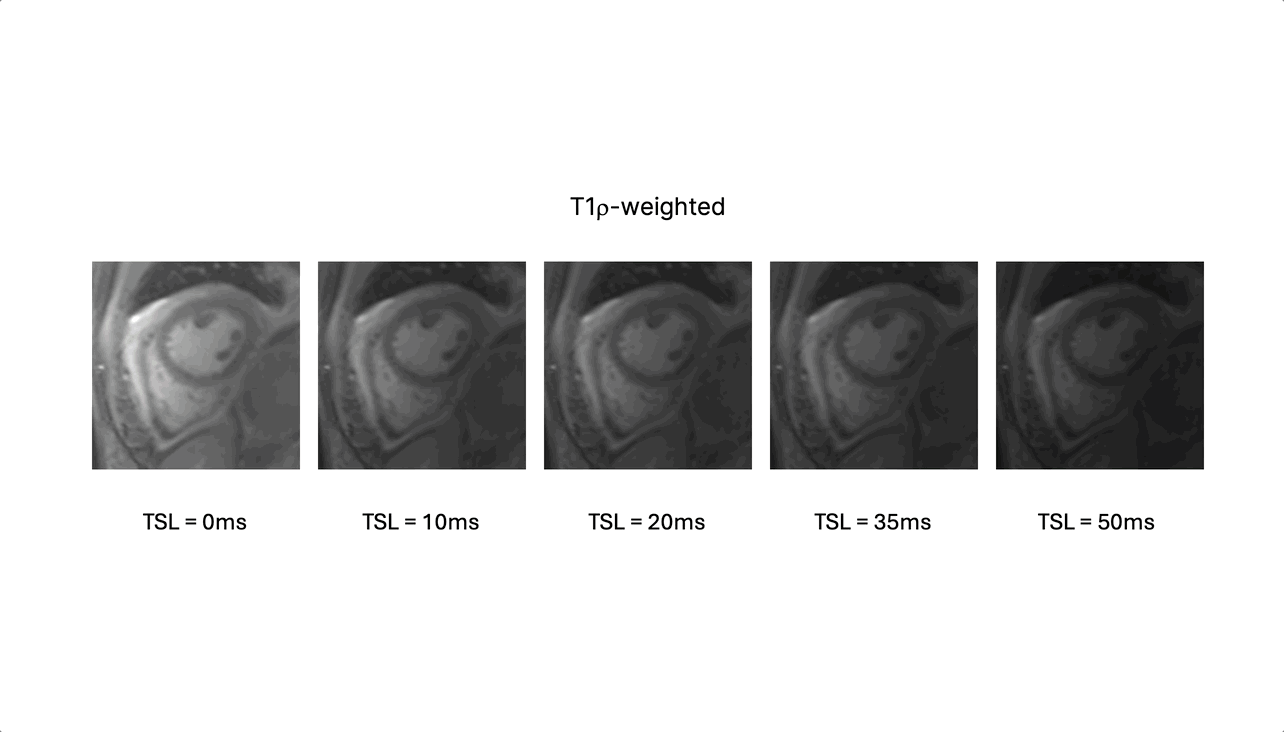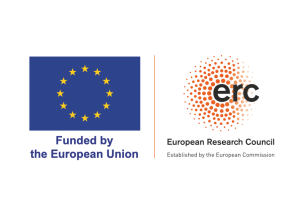
Project
Conventional techniques to visualize myocardial scars implies the injection of a contrast agent which can be uncomfortable for the patient and makes the protocol lengthy. T1-rho mapping is a promising technique that may detect myocardial scars without the need for a contrast agent injection.
Abstract
Cardiovascular magnetic resonance T1-rho (T1ρ) mapping may detect myocardial injuries without exogenous contrast agent. However, multiple co-registered acquisitions are required, and the lack of robust motion correction limits its clinical translation. We introduce a single breath-hold myocardial T1ρ mapping method that includes model-based non-rigid motion correction.


